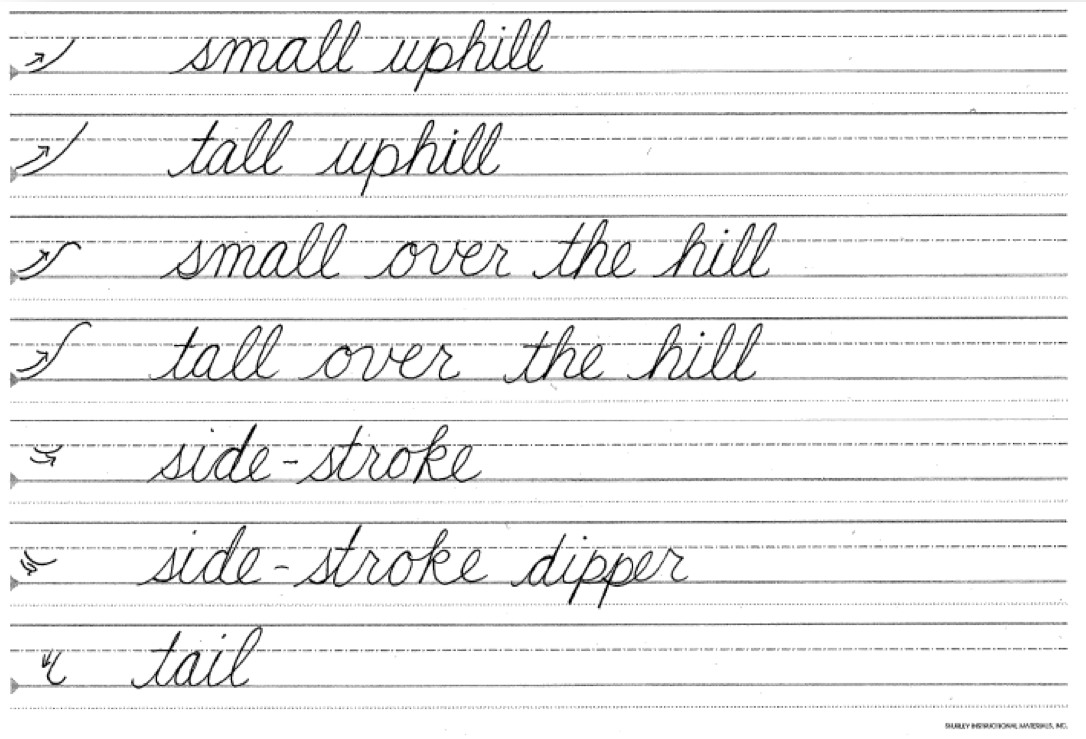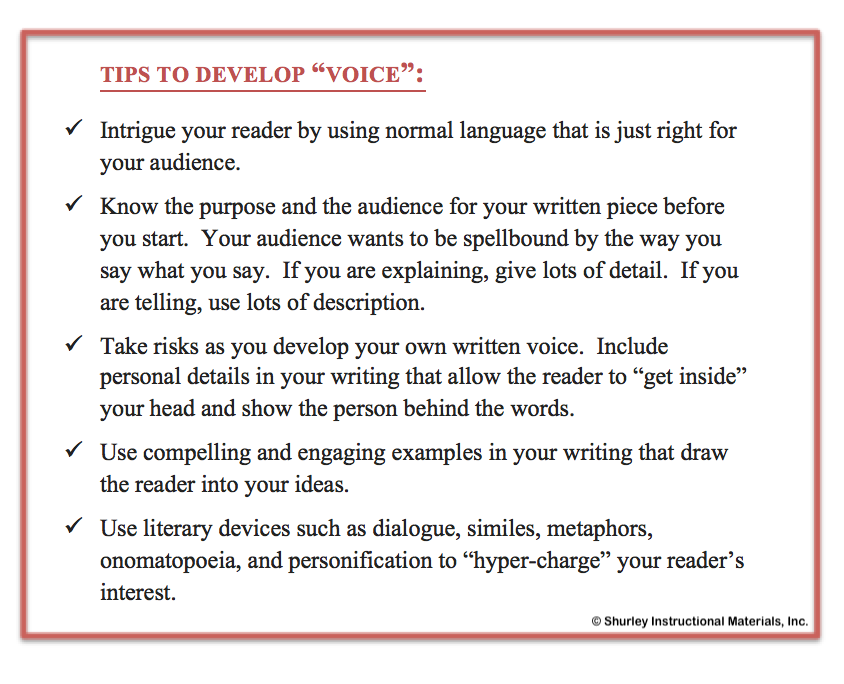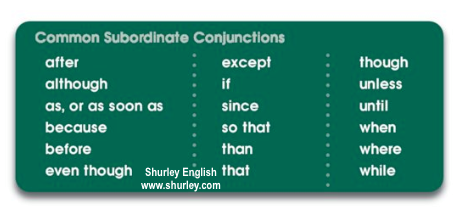An Open Letter to Teachers: Taking off with Shurley English
/“Without continual growth and progress, such words such as improvement, achievement, and success have no meaning.” -Benjamin Franklin
Dear Educators,
Welcome aboard Shurley English flight ABC. Please find your seat, stow your baggage in the overhead bin, and buckle-up as we take off into your new school year! This year’s destination is progress and growth. We’ve got a long flight ahead of us so, sit back, stay focused & relaxed, and enjoy the journey!
For some of you, Shurley English might be a new addition to your curriculum. Several of you may already be familiar with the effectiveness and uniqueness of our Grammar, Skills, Writing, Reading, and Speaking & Listening features. Regardless of your passenger status, I encourage each of you to keep your eye on the prize: progress & growth! Throughout the journey this year, you may experience some turbulence, making you feel a bit outside your comfort zone, but don’t worry! Simply refer to the previous posts called: “The Perfect Shurley Teacher” and “First Year Freak-Out.” They are loaded with information to help guide you; you can find them in the archives.
Passengers sitting in the “New to Shurley English” seats, please remember:
1. Stick to the Script!
2. Repetition & Consistency build Mastery!
3. Trusting the Process leads to Success!
Passengers sitting in the “Seasoned Teacher” seats, please remember to:
1. Aim for Progress over Perfection!
2. Practice what you Teach!
3. Get Outside of your Comfort Zone!
Keep in mind that Shurley English Curriculum is installed with a built-in support system, including modifications, extra-practice, and SEDA lessons, should they be necessary. In addition, the “Always Keep Learning & Be Brave Enough to Keep Growing” light will stay lit for all passengers for the duration of our flight. We are here to support you as you teach students to become competent, confident communicators that will be prepared for any and all future destinations!
On behalf of the entire flight crew, “Welcome aboard!”
























































































































